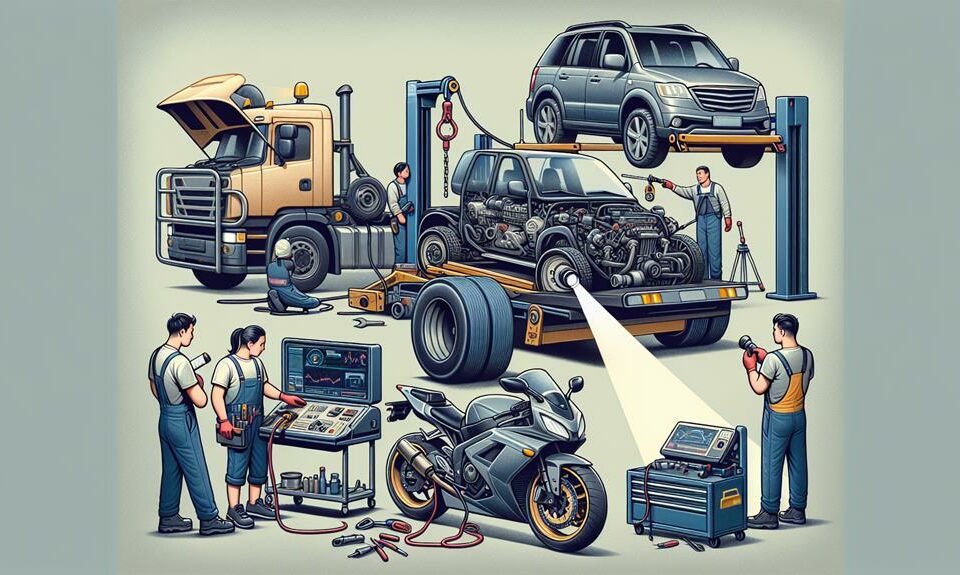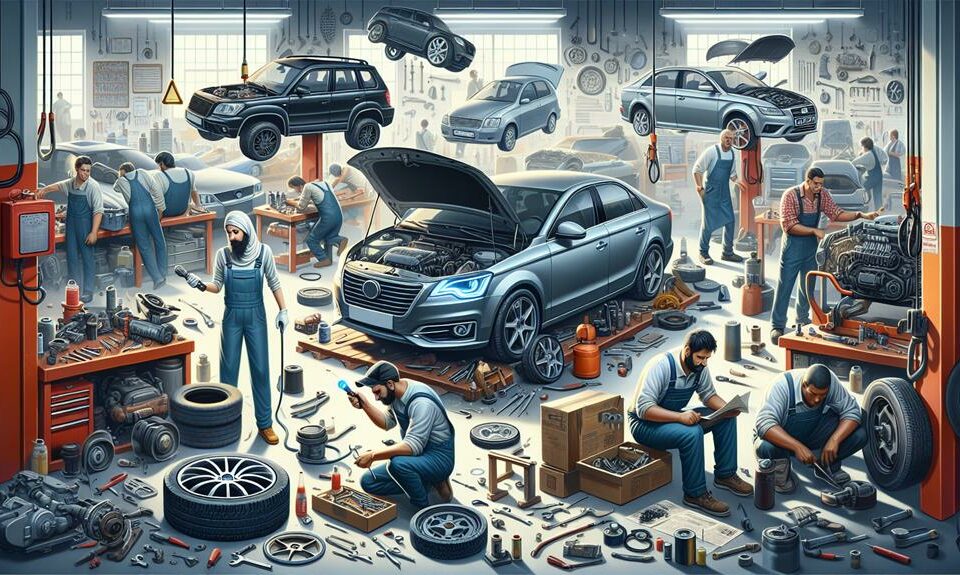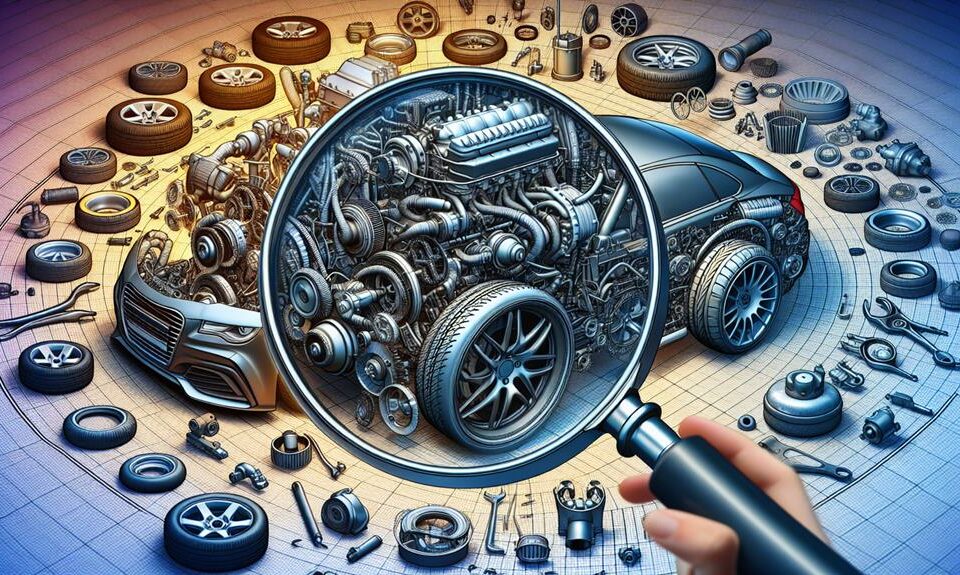
Navigating the Vehicle Inspection Process: What Every Driver Needs to Know
November 20, 2023
Vehicle Inspection Checklists: Your Roadmap to Maintaining Automotive Excellence
November 20, 2023Thorough vehicle inspections are pivotal in maximizing the performance and longevity of your vehicle. This guide offers advanced tips for conducting vehicle inspections, aimed at enhancing your vehicle’s efficiency and safety.
The Importance of Comprehensive Vehicle Inspections
Ensuring Peak Vehicle Performance
Regular and detailed inspections of your vehicle are essential for maintaining its peak performance. This not only ensures safety but also optimizes fuel efficiency and extends the lifespan of the vehicle.
Preventive Maintenance
Thorough inspections help in preventive maintenance, identifying potential issues before they escalate into costly repairs.
Advanced Inspection Techniques
Detailed Engine Analysis
Conduct a comprehensive engine analysis, including checking for leaks, testing the engine compression, and inspecting belts and hoses for signs of wear.
Sophisticated Diagnostics
Utilize advanced diagnostic tools like OBD-II scanners to detect underlying issues in the vehicle’s electronic systems.
Key Areas for Thorough Inspection
Transmission Health Check
Inspect the transmission fluid and examine the transmission for any signs of distress, such as strange noises or shifting problems.
Brake System Evaluation
A detailed inspection of the brake system, including pads, rotors, and fluid, is crucial for ensuring optimal braking performance and safety.
Enhancing Vehicle Efficiency
Optimizing Tire Performance
Check tire pressure and tread depth regularly. Properly inflated and maintained tires are essential for vehicle stability, fuel efficiency, and safety.
Maximizing Fuel Efficiency
Inspect the fuel system, including the fuel filter and injectors, to ensure efficient fuel use and reduce emissions.
Inspection for Advanced Safety
Safety Feature Check
Examine all safety features, including airbags, seatbelts, and electronic stability control, to ensure they are functioning correctly.
Lighting and Visibility
Ensure all lights are operational and inspect windshield wipers and mirrors for maximum visibility and safety.
Elevating Your Vehicle’s Performance
Conducting thorough vehicle inspections is key to maximizing your vehicle’s performance, safety, and efficiency. By applying these advanced tips and techniques, you can ensure your vehicle operates at its best, delivering optimal driving experience and longevity.




